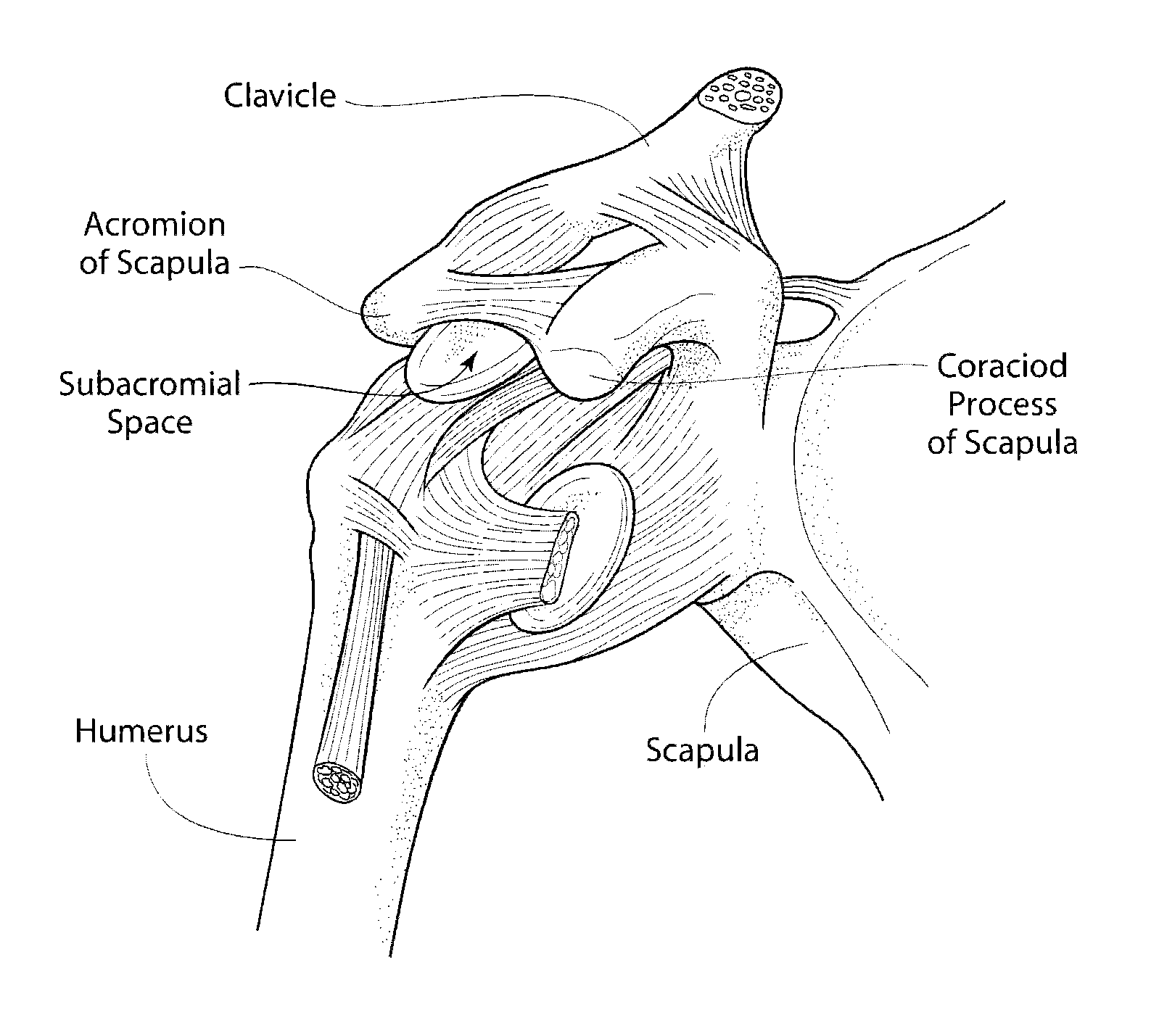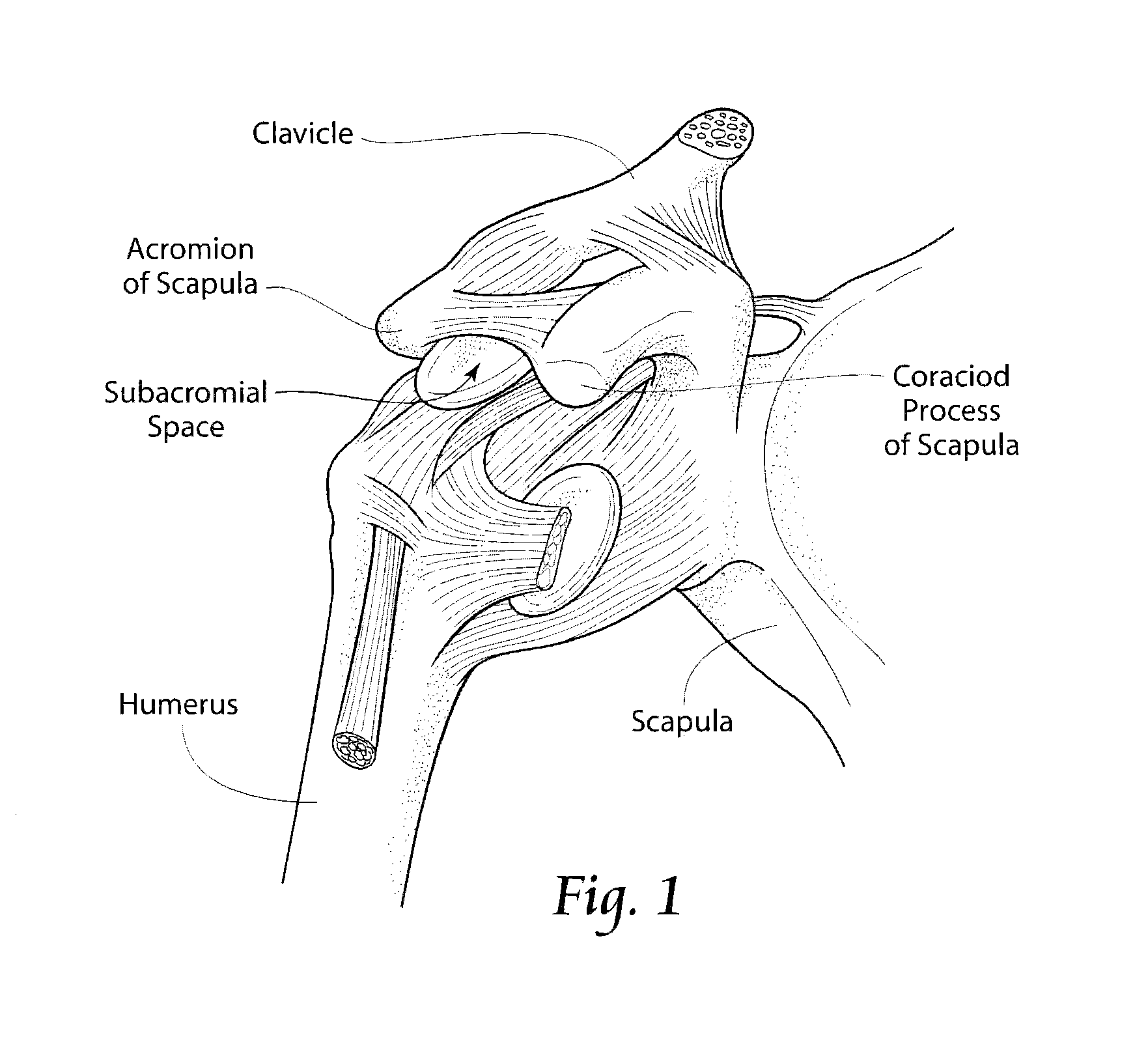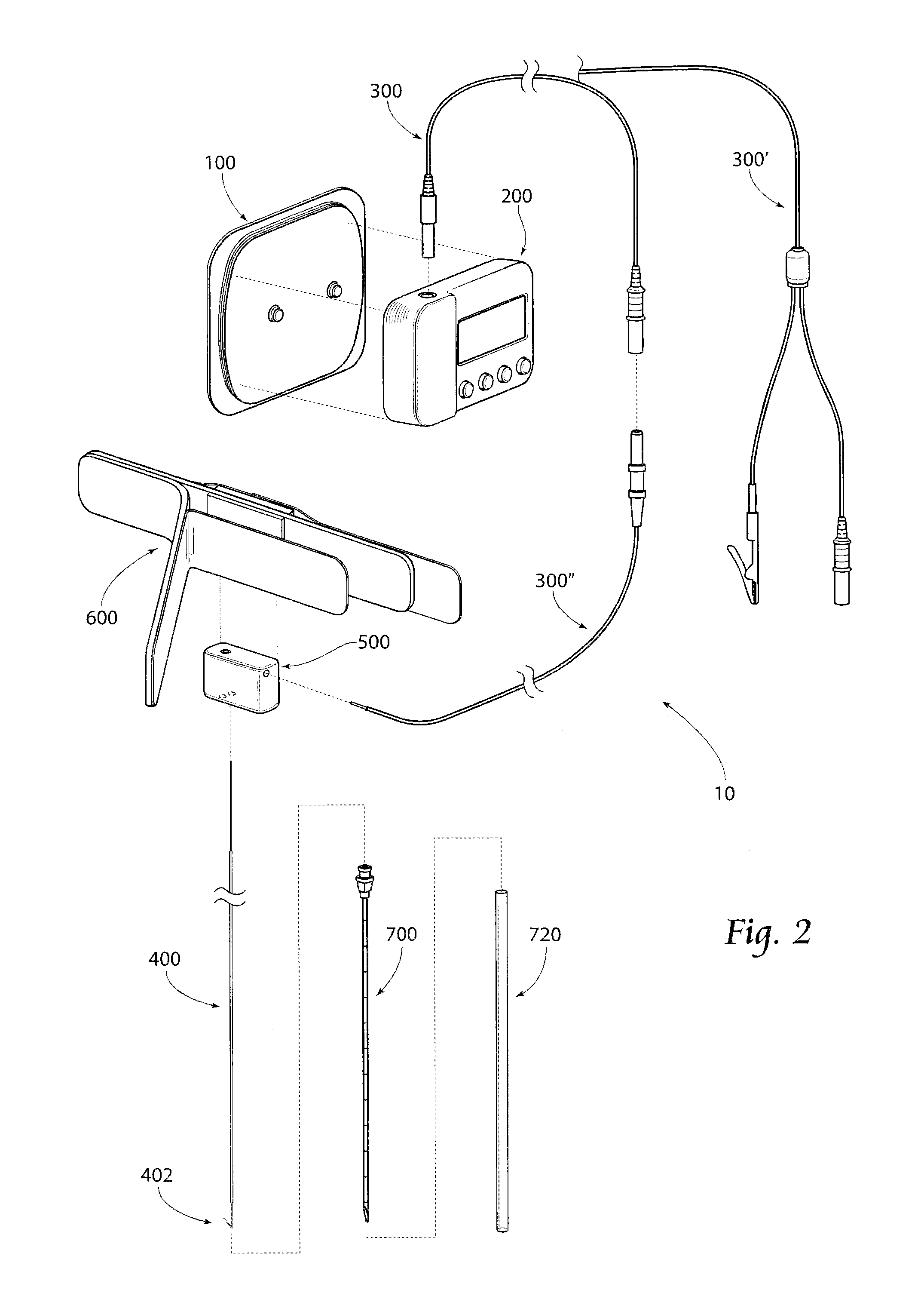System and method for treating shoulder pain related to subacromial impingement syndrome
a subacromial impingement syndrome and shoulder pain technology, applied in the field of system and method for treating shoulder pain related to subacromial impingement syndrome, can solve the problems of 12% lost productive time from work in the us, affecting one's ability to work and perform household tasks, and affecting the social economic burden of shoulder pain, so as to achieve safe and effective short- and long-term peripheral nerve stimulation
- Summary
- Abstract
- Description
- Claims
- Application Information
AI Technical Summary
Benefits of technology
Problems solved by technology
Method used
Image
Examples
case example
[0171]The subject was a 57-year old man musician with medical history of hypertension, hyperlipidemia, and glaucoma who developed neck and left shoulder pain with radiation to his left arm as a result of a motor vehicle collision 20 months prior to enrollment. He underwent x-ray imaging studies of his cervical spine and left shoulder, both of which were without acute or degenerative abnormality. No evidence of radiculopathy or plexopathy was found on electromyographic study of his left arm. He experienced persistent left shoulder pain with resolution of other symptoms and underwent an ultrasound guided subacromial injection of kenalog and lidocaine 16.5 months before enrollment. During the injection, it was noted that he had mild tendinopathy of the midsubstance of the supraspinatus muscle by ultrasound examination. He experienced mild relief as a result of the injection but his left shoulder pain persisted and he was referred for physical therapy. He completed six visits of physica...
PUM
 Login to View More
Login to View More Abstract
Description
Claims
Application Information
 Login to View More
Login to View More - R&D
- Intellectual Property
- Life Sciences
- Materials
- Tech Scout
- Unparalleled Data Quality
- Higher Quality Content
- 60% Fewer Hallucinations
Browse by: Latest US Patents, China's latest patents, Technical Efficacy Thesaurus, Application Domain, Technology Topic, Popular Technical Reports.
© 2025 PatSnap. All rights reserved.Legal|Privacy policy|Modern Slavery Act Transparency Statement|Sitemap|About US| Contact US: help@patsnap.com



